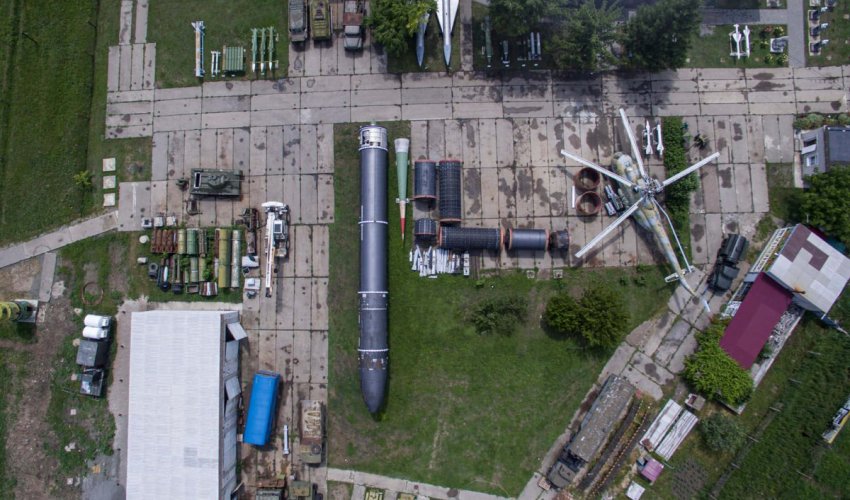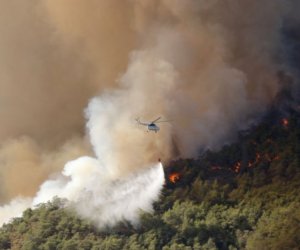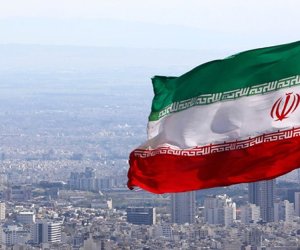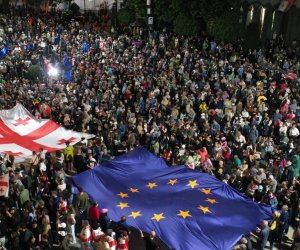Kremlin nuclear leak becomes a hot topic

Russia, which has repeatedly threatened the world with nuclear escalation, has found itself vulnerable not due to an external attack, but because of its own bureaucratic chaos.
A joint investigation by the Danish organization Denwatch and the German weekly Der Spiegel revealed that thousands of documents related to military tenders and the construction of strategic facilities for the Strategic Missile Forces (SMF) were made publicly available.
Among them were detailed fortification plans, architectural blueprints, engineering network schemes, and information about the infrastructure and logistics of key nuclear bases, including the complex near Yasny, which houses the "Avangard" hypersonic missiles — the pride of Russia’s strategic arsenal.
Remarkably, despite a law passed in December 2020 tightening defense procurement rules and requiring sensitive data to be transmitted through secure systems, officials continued to publish confidential documents on the public portal zakupki.gov.ru until mid-2024. This allowed researchers to analyze more than two million tenders and gain an unprecedented insight into the scale of Russia’s nuclear infrastructure modernization.
Special attention was paid to the deployment of hypersonic weapons like the "Avangard," which President Vladimir Putin proudly showcased in his 2018 speech. It is now clear that preparations for these systems began much earlier, in secret and on a massive scale.
According to Hans Kristensen, head of the Nuclear Information Project at the Federation of American Scientists, this is the largest leak of strategic data since the Cold War:
"Seeing this in the news is a new chapter — and a very alarming one," he said.
The investigation shows that Russia is actively rebuilding its nuclear facilities: old Soviet bases are being dismantled and replaced with new concrete monoliths featuring extensive tunnel systems and modern defenses. Instead of "small holes with a lid," as old silos were described, fortified complexes capable of long-term autonomous operation are being constructed.
Tom Rost, a security expert at the Norwegian Defence University College, stresses that the leak not only jeopardizes individual sites but also exposes the logic behind Moscow’s entire nuclear strategy. Amid rising nuclear rhetoric around the war in Ukraine and the collapse of arms control agreements, Russia has been lowering the threshold for nuclear weapon use.
Since 2020, no U.S. inspectors have visited Russian nuclear sites, and Moscow has suspended its participation in the New START treaty, removing the last tool for mutual monitoring.
Meanwhile, the SMF remains an elite branch of Russia’s armed forces, controlling around 880 active nuclear warheads and over 50,000 personnel. Their motto — "After us — silence" — sounds especially ominous under current conditions.
Now, due to its own negligence, Russia may have left the door open for enemy intelligence agencies. If journalists have access to these documents, it’s likely that they have long been scrutinized in Washington, Kyiv, or Beijing.
In a world where digital carelessness can be as dangerous as a breach in armor, even the most guarded base can be destroyed not by an intercontinental missile, but by an innocent PDF file.
N.Tebrizli




































 Photo
Photo 



 Video
Video 

